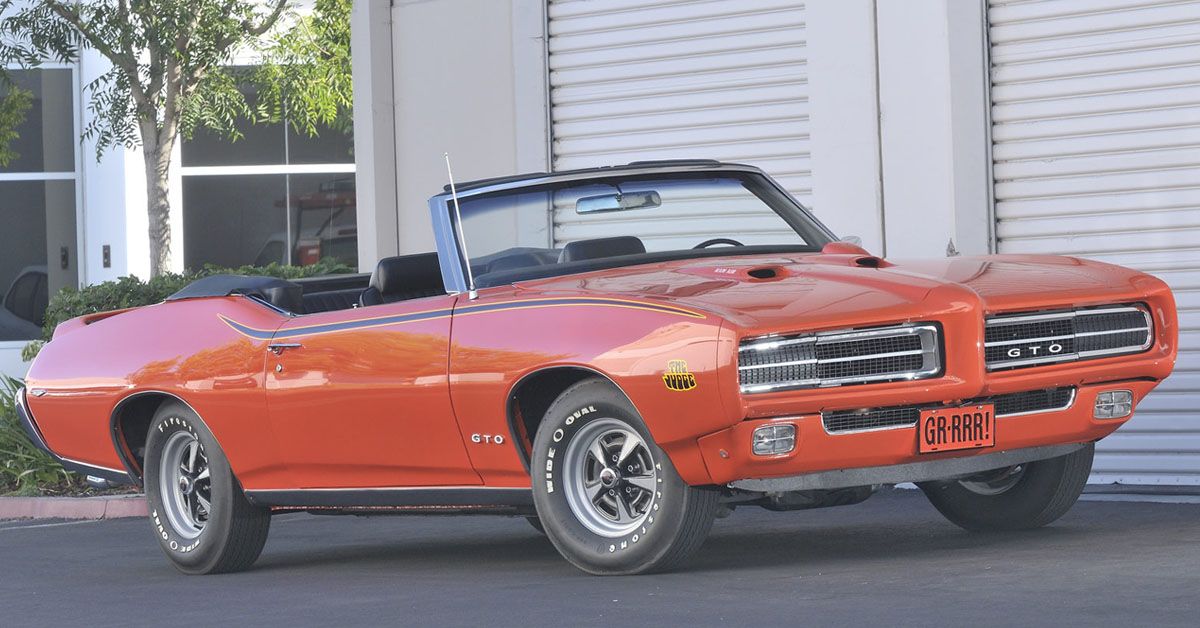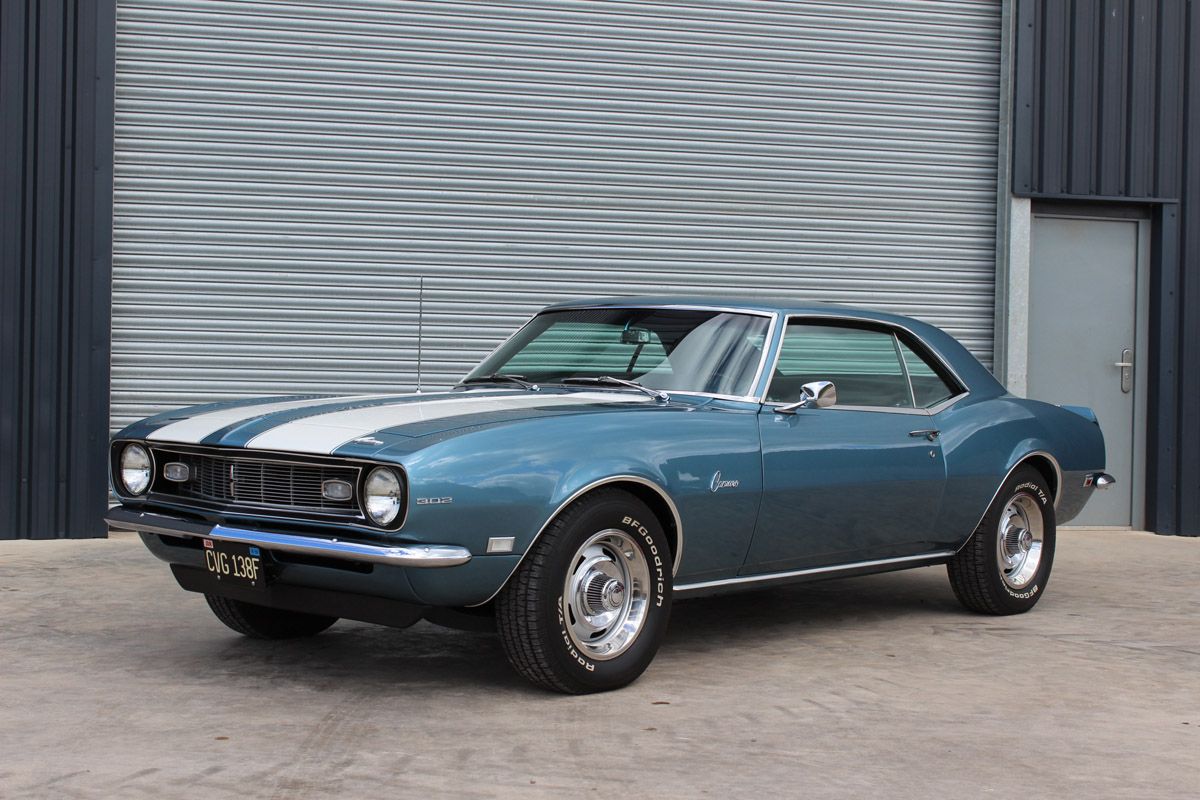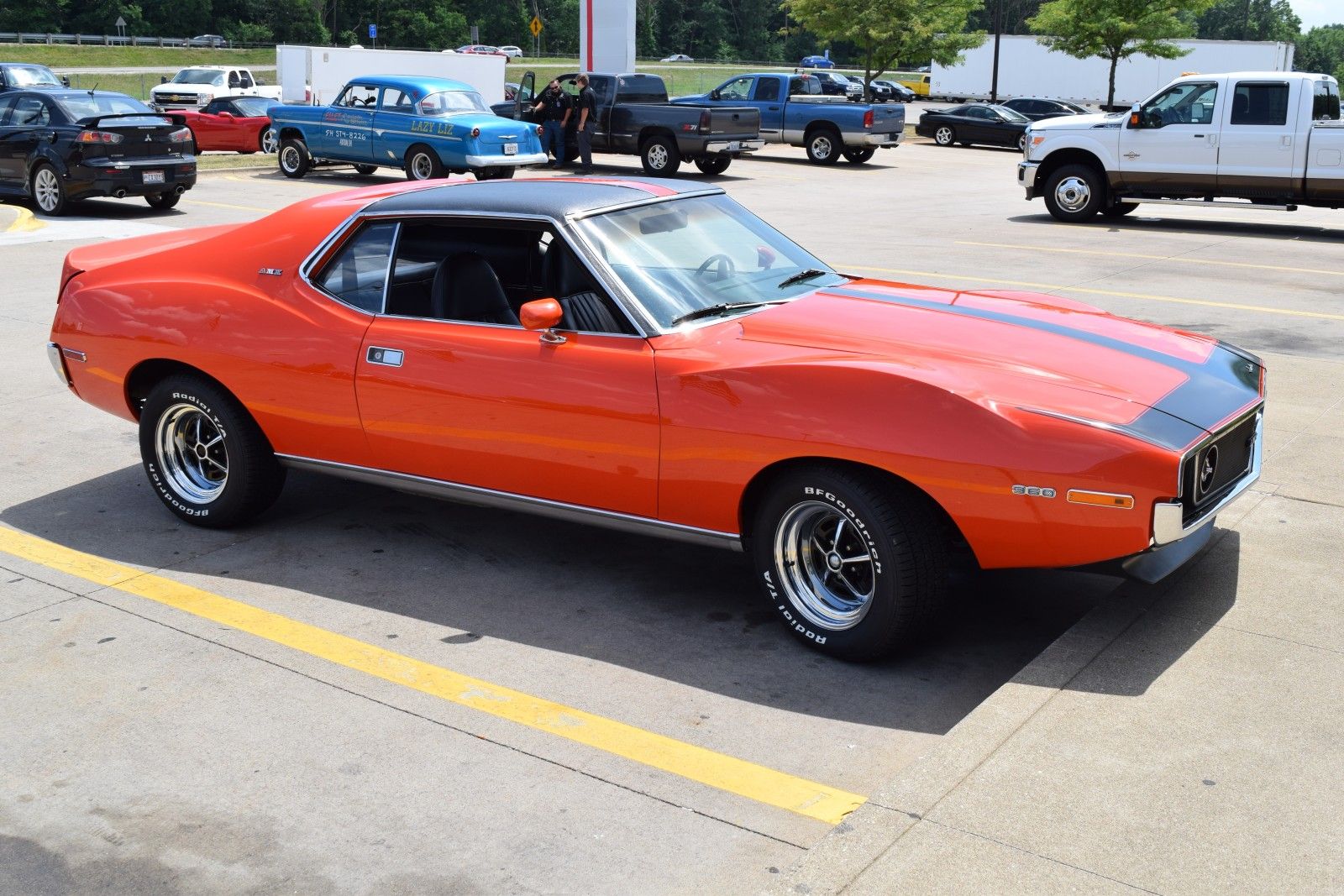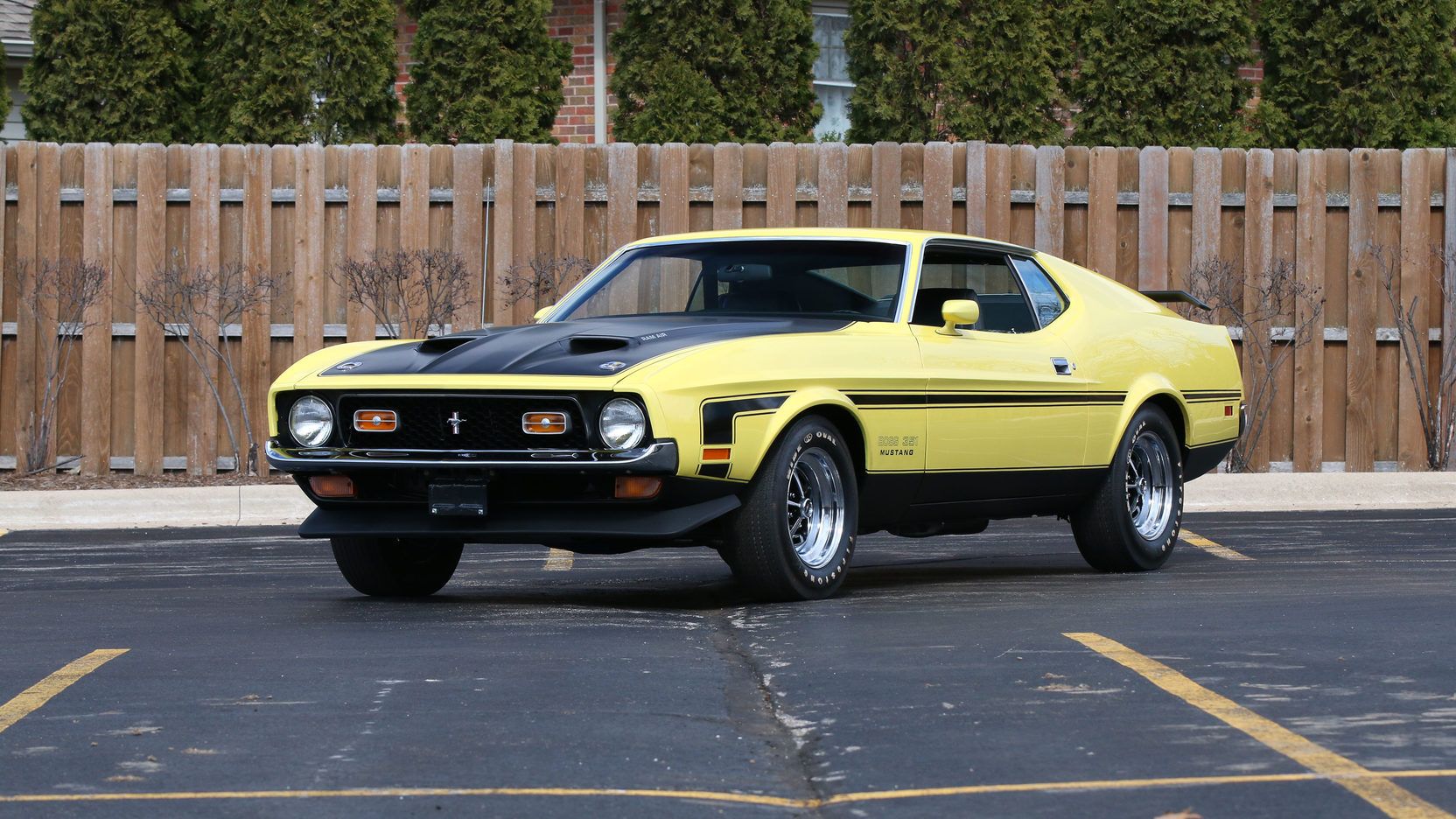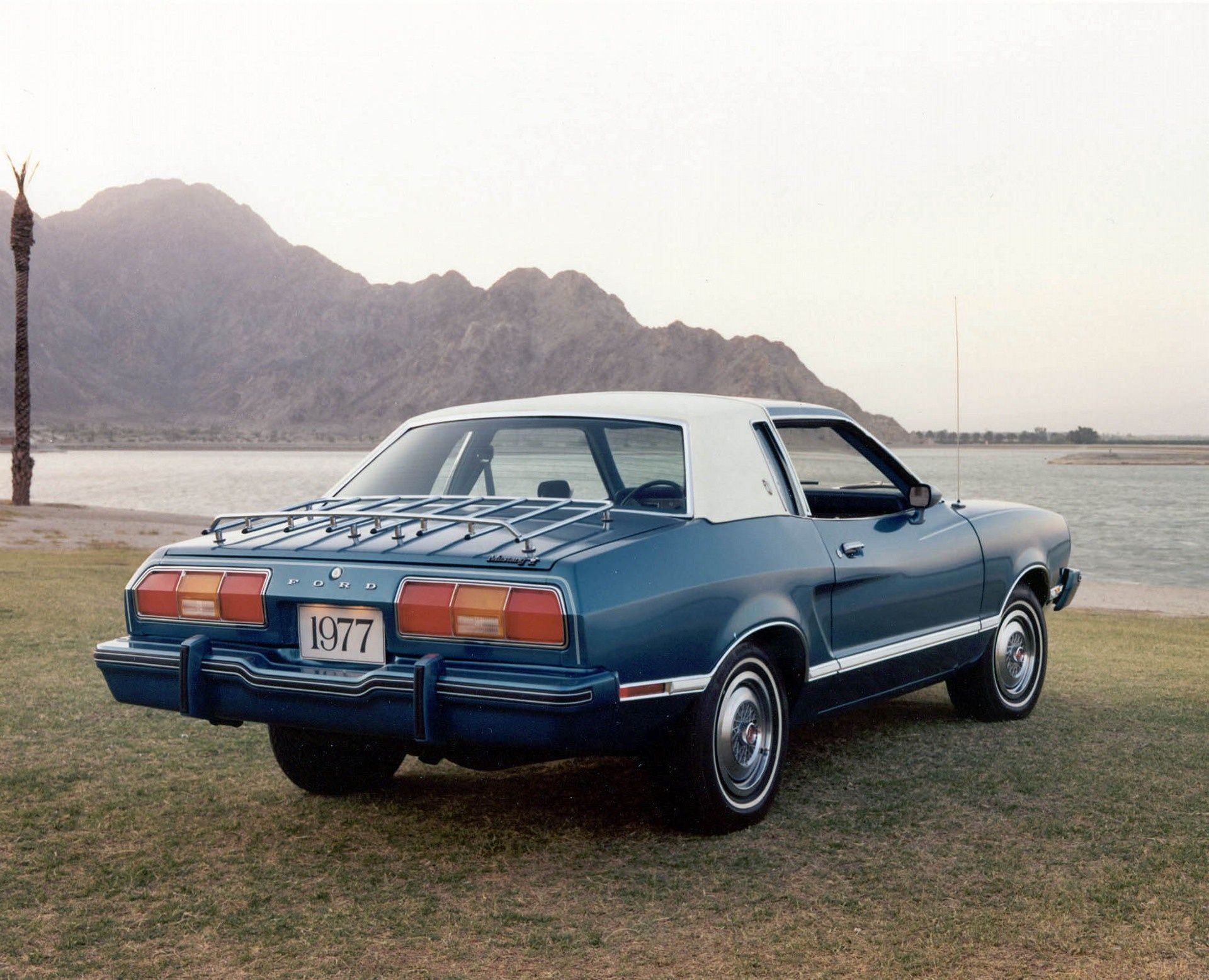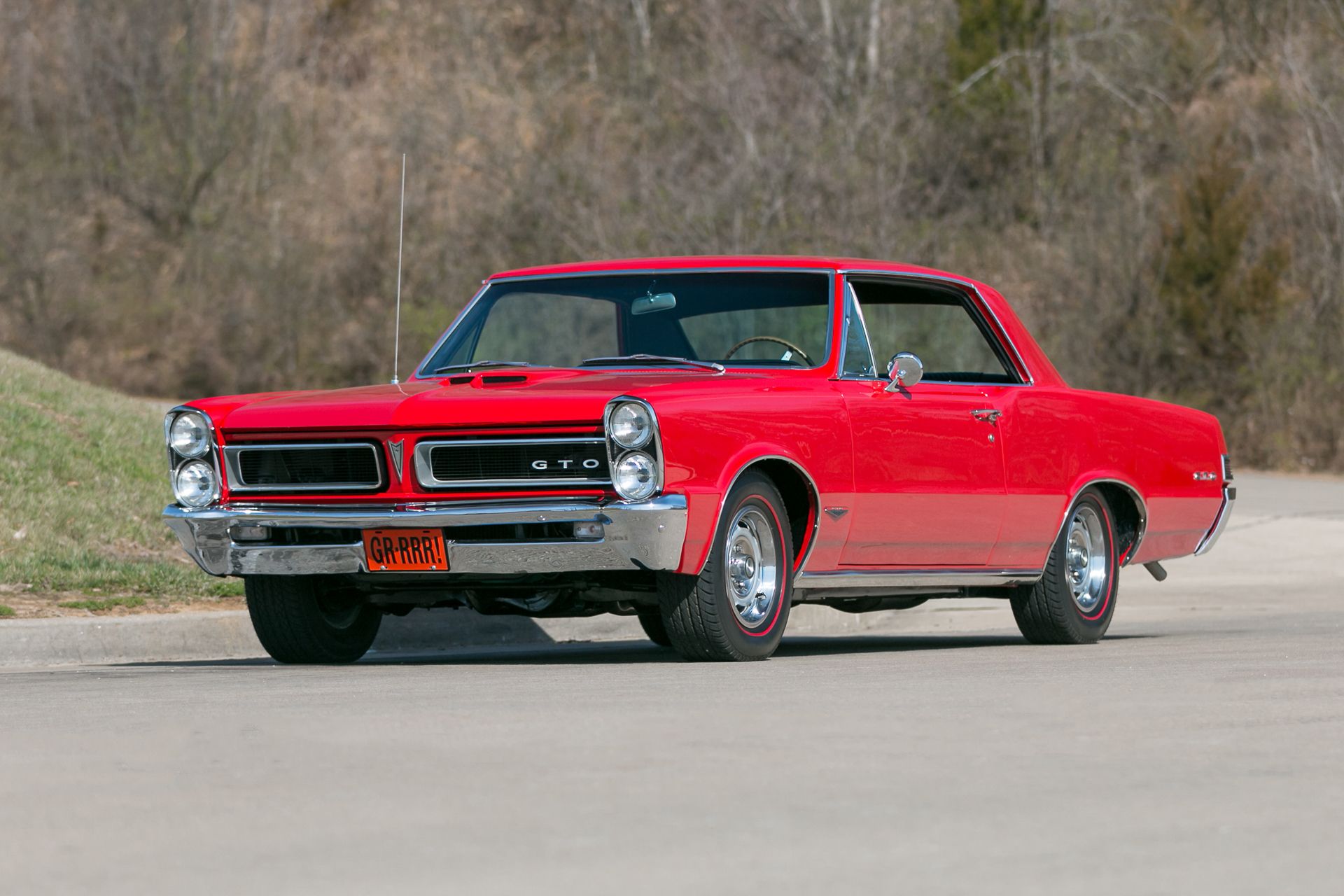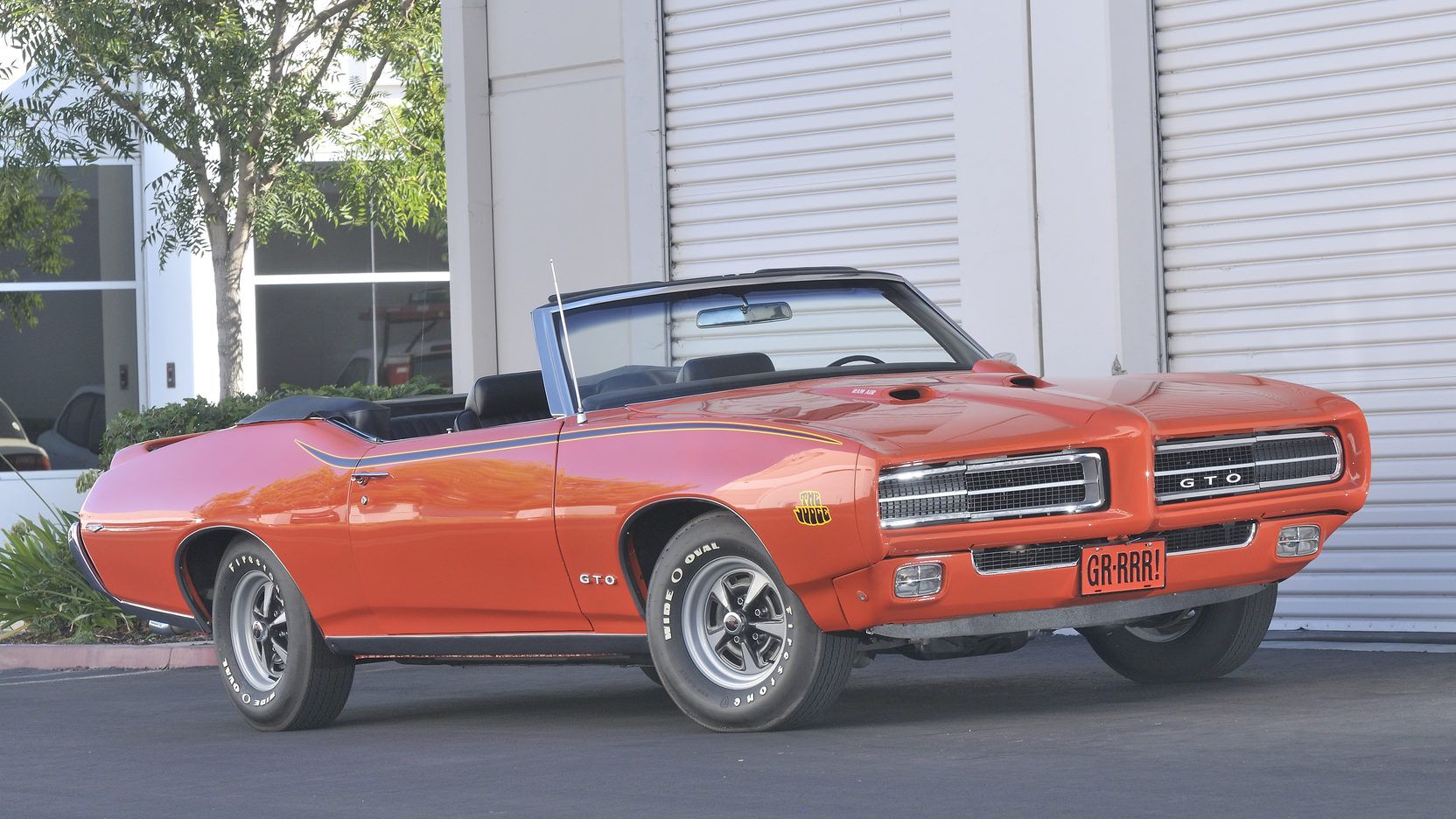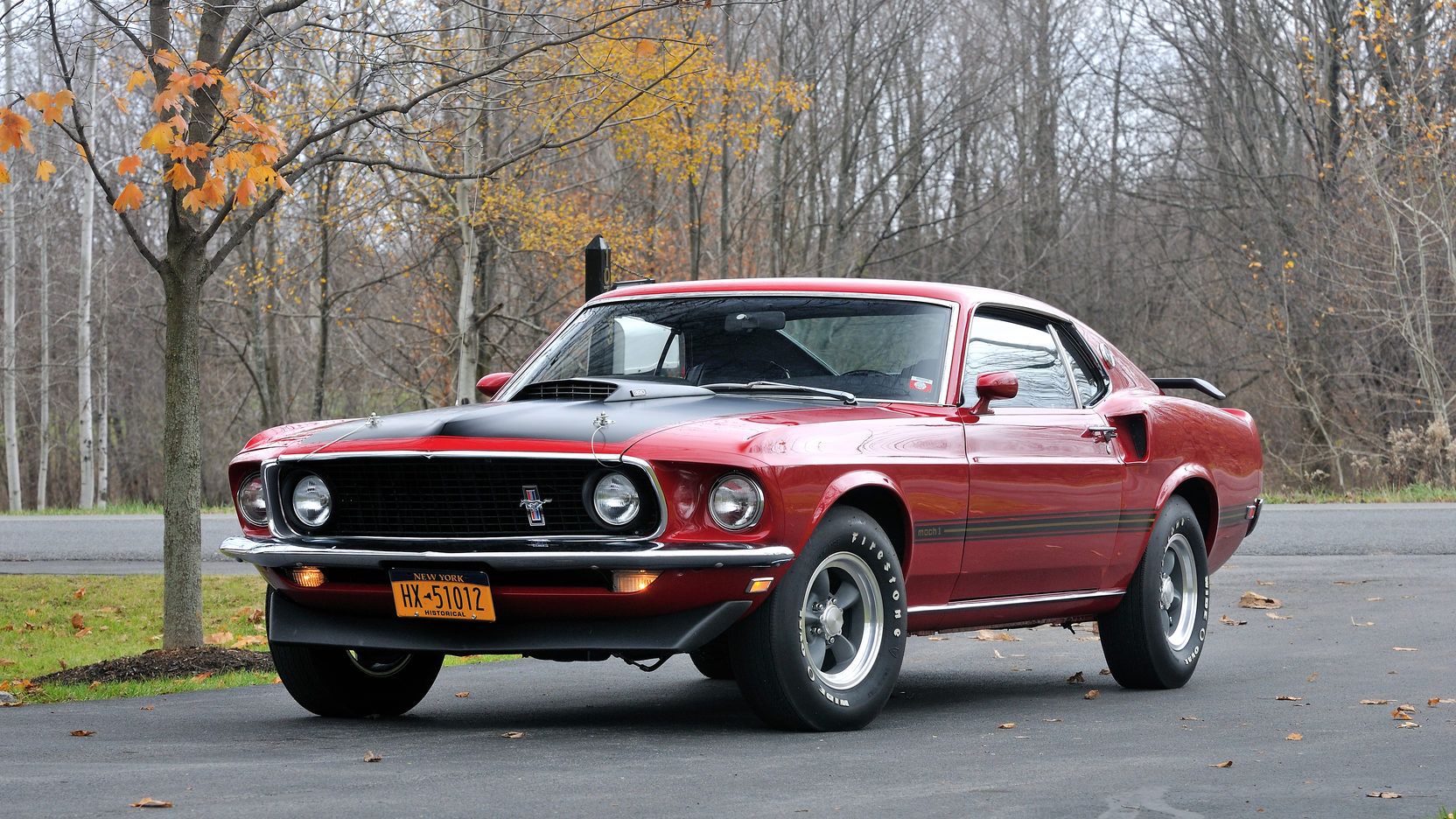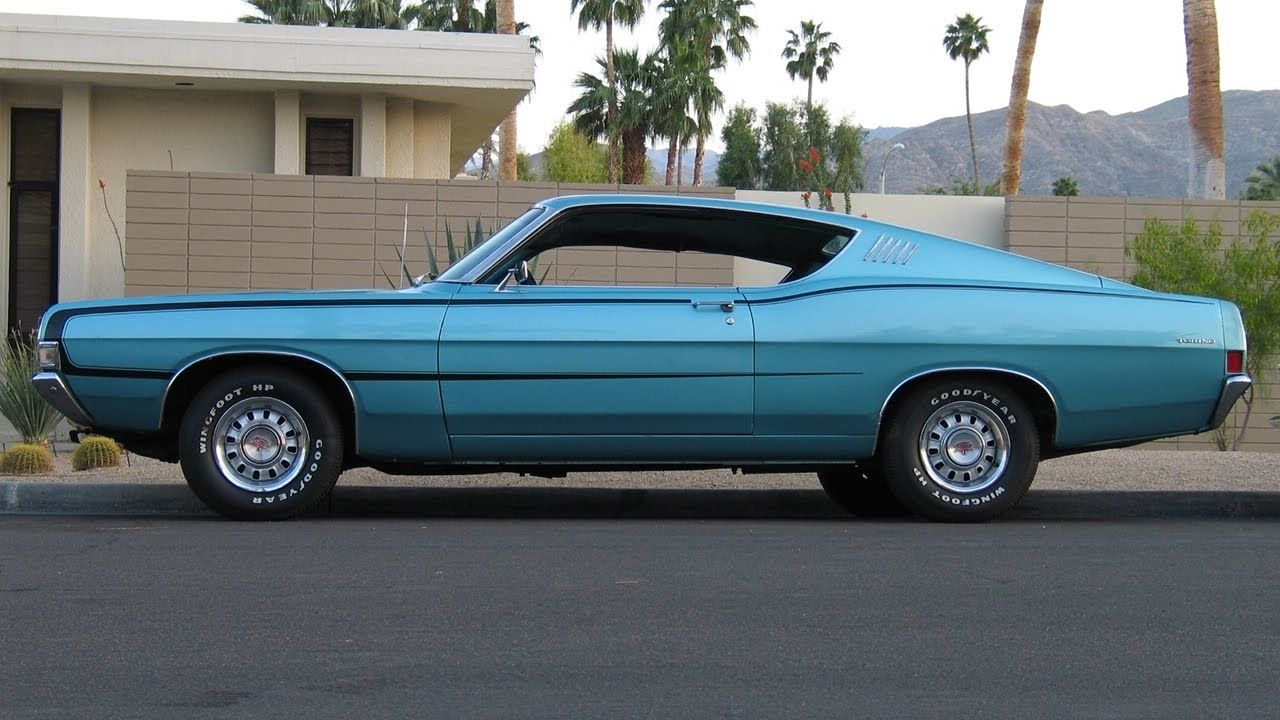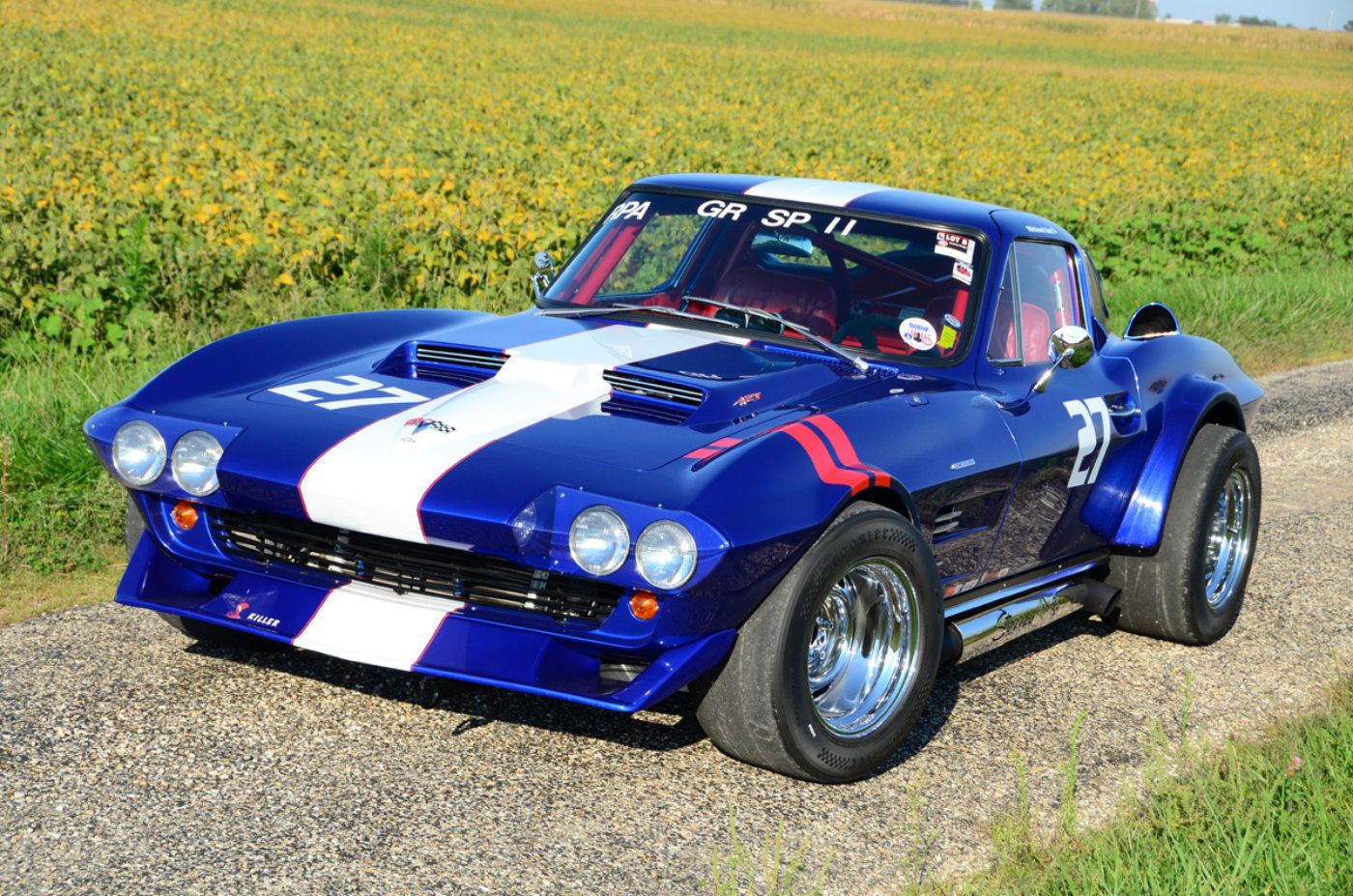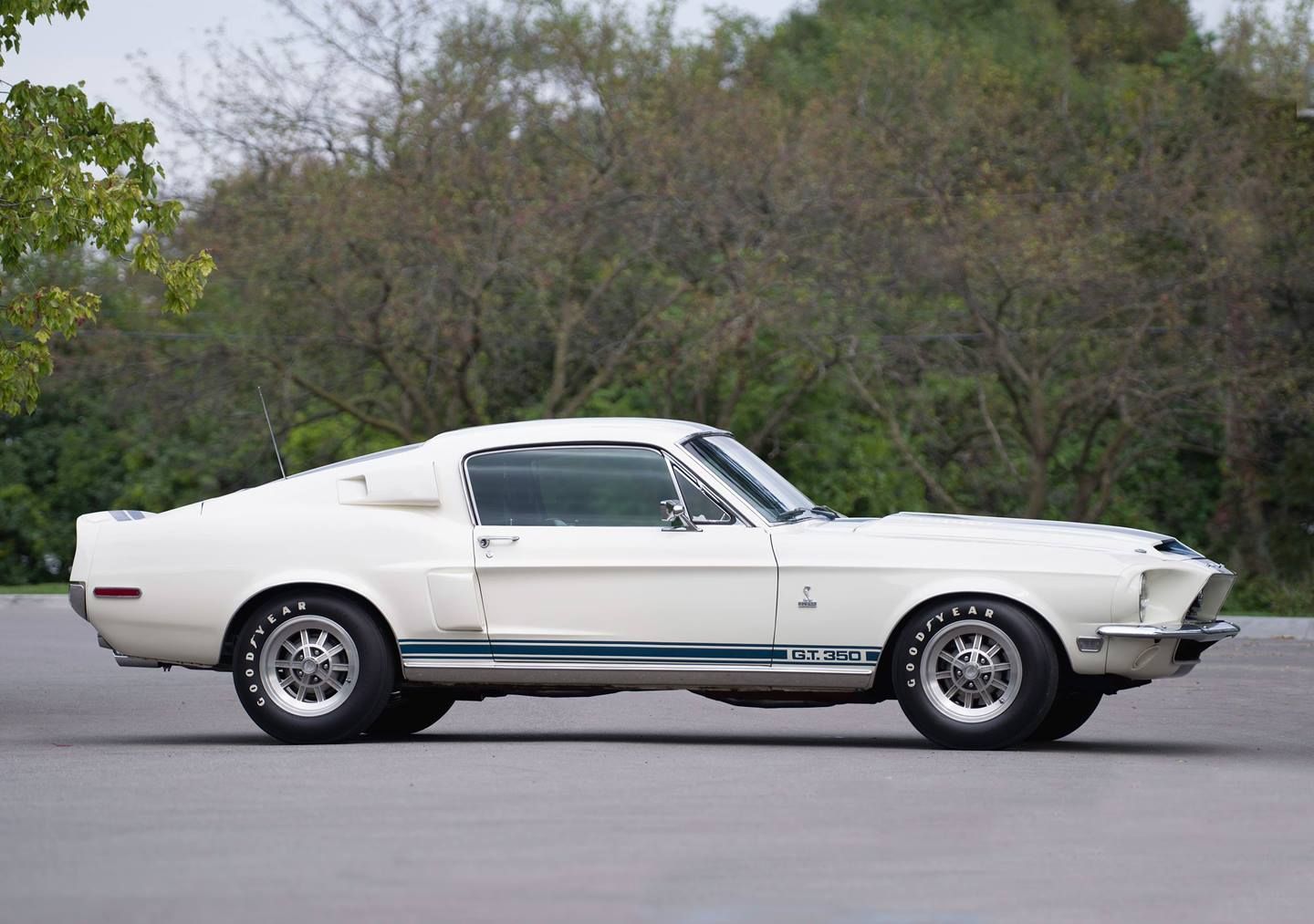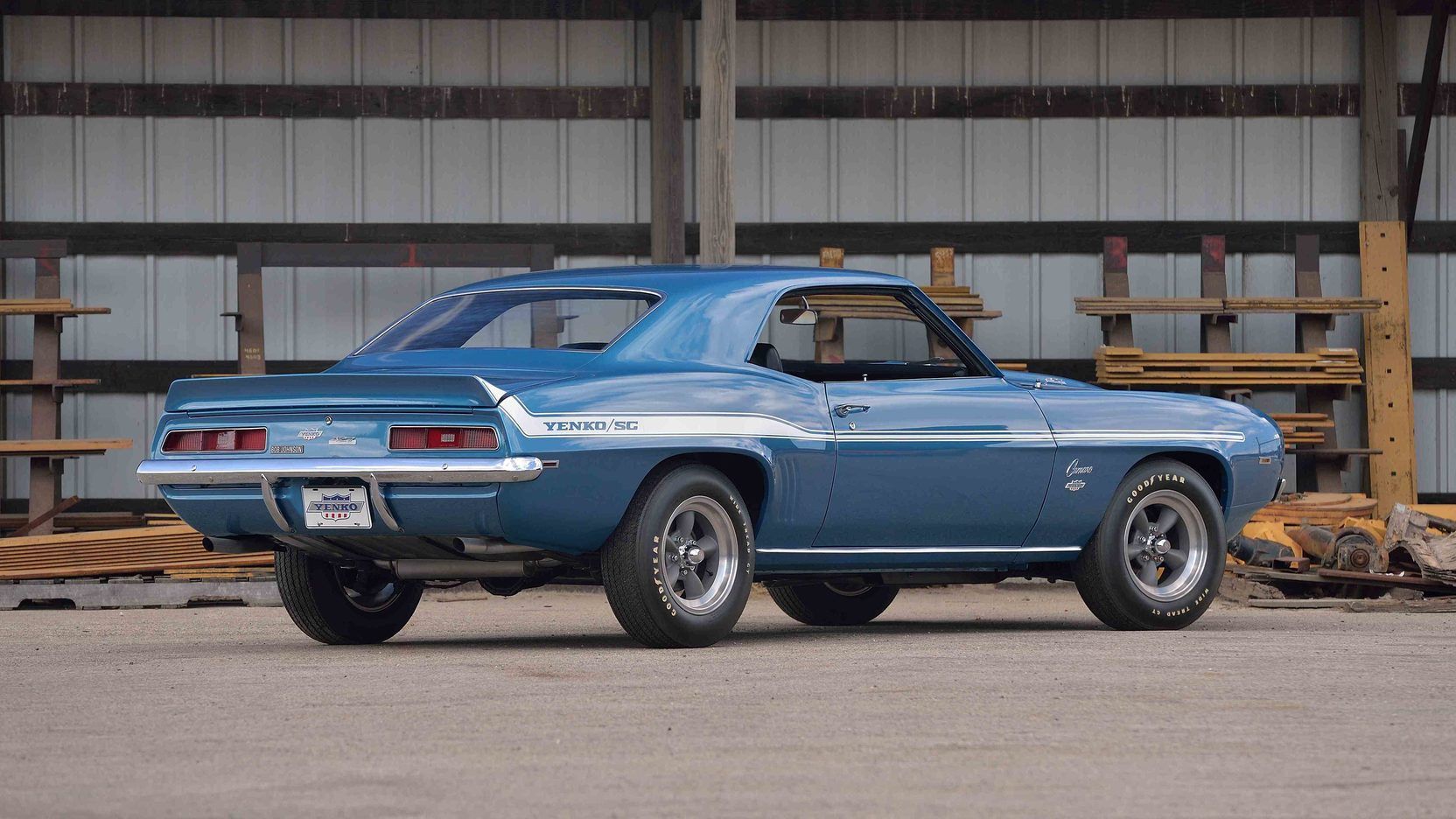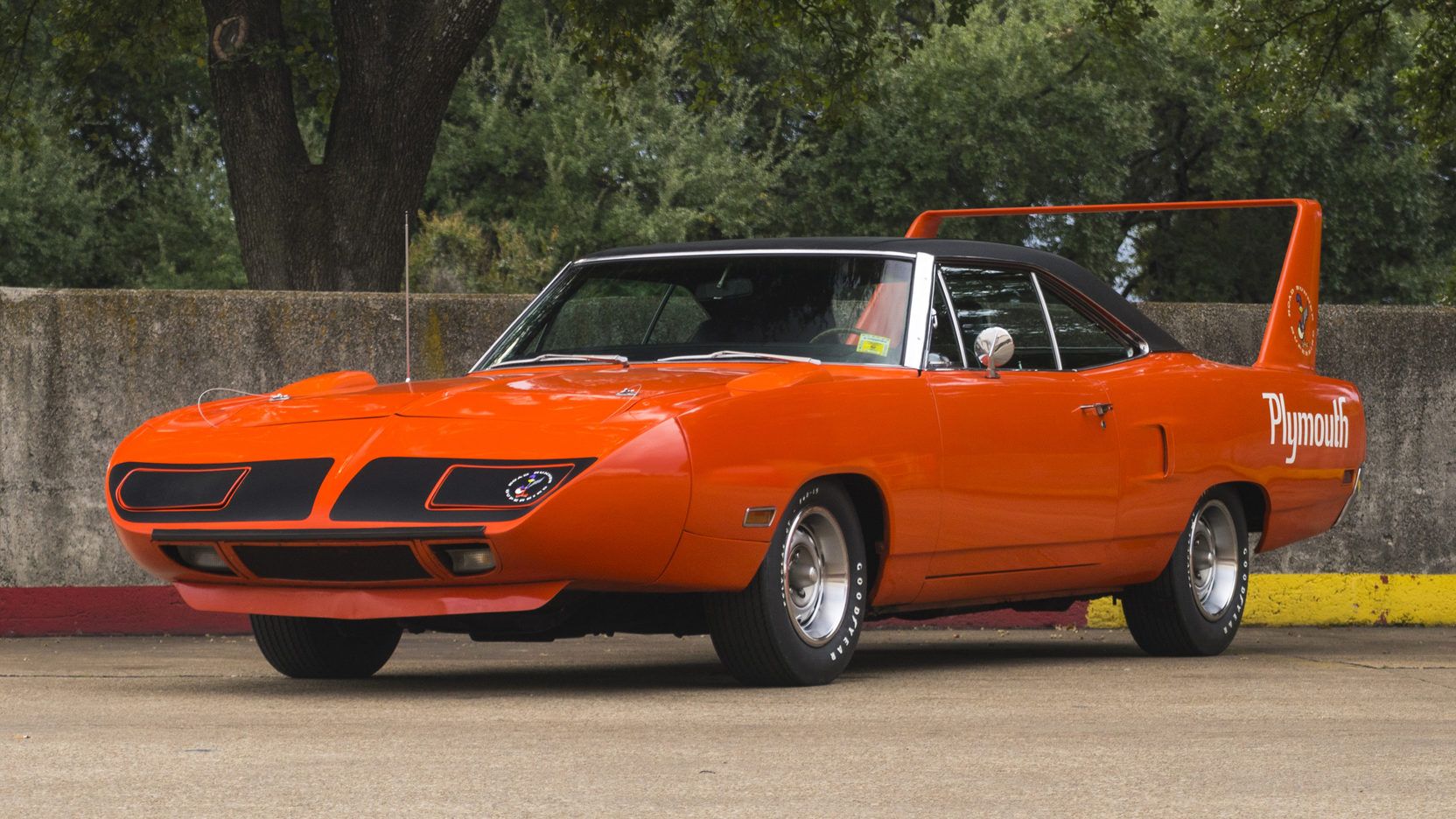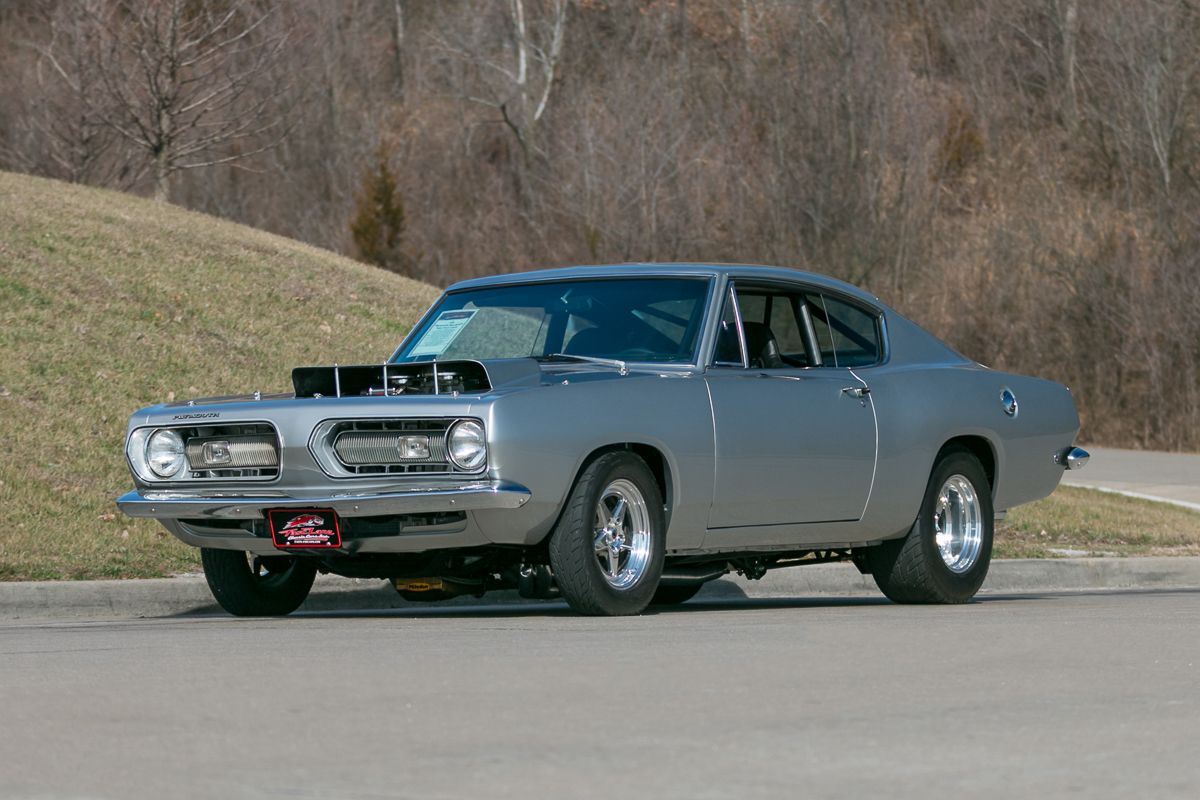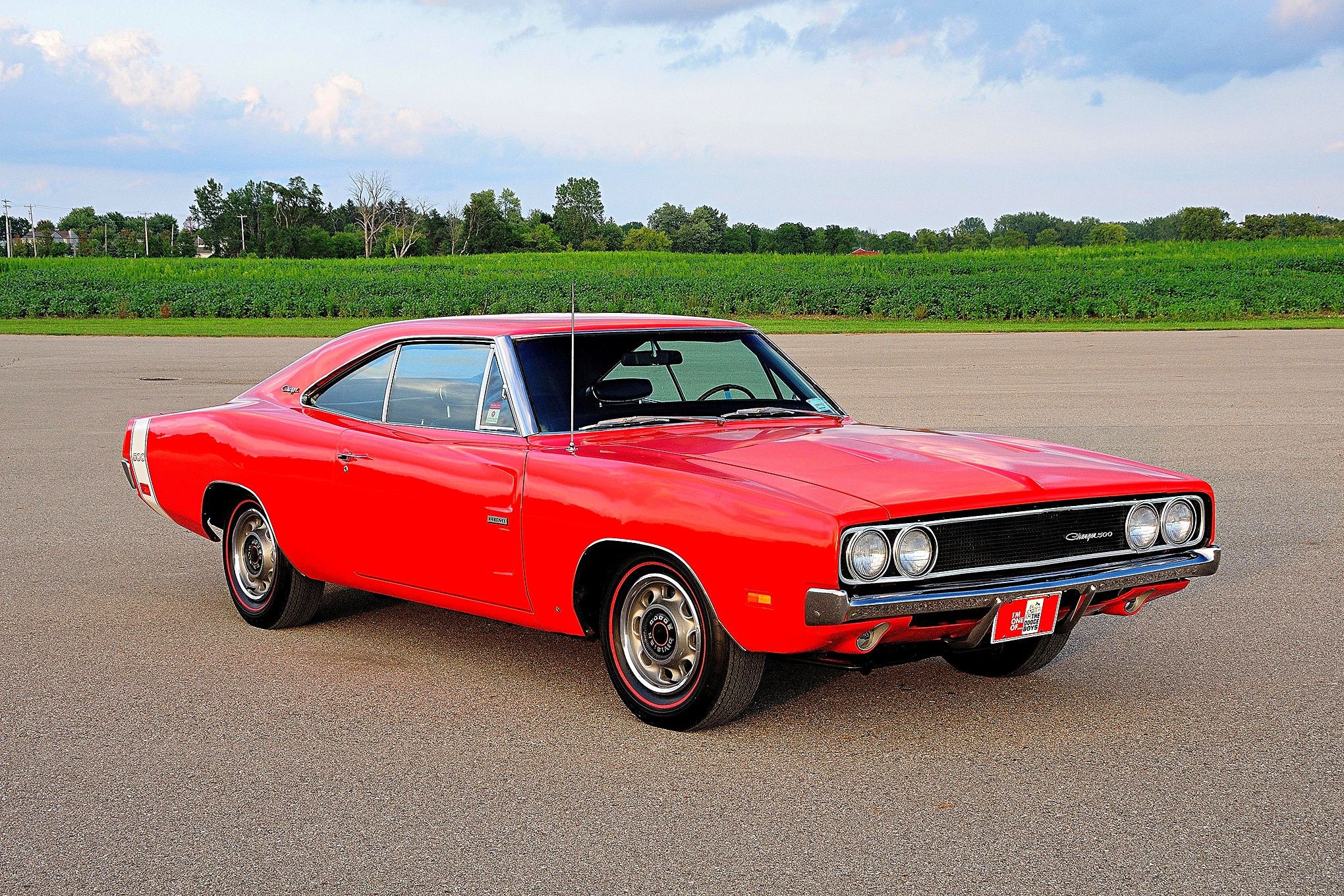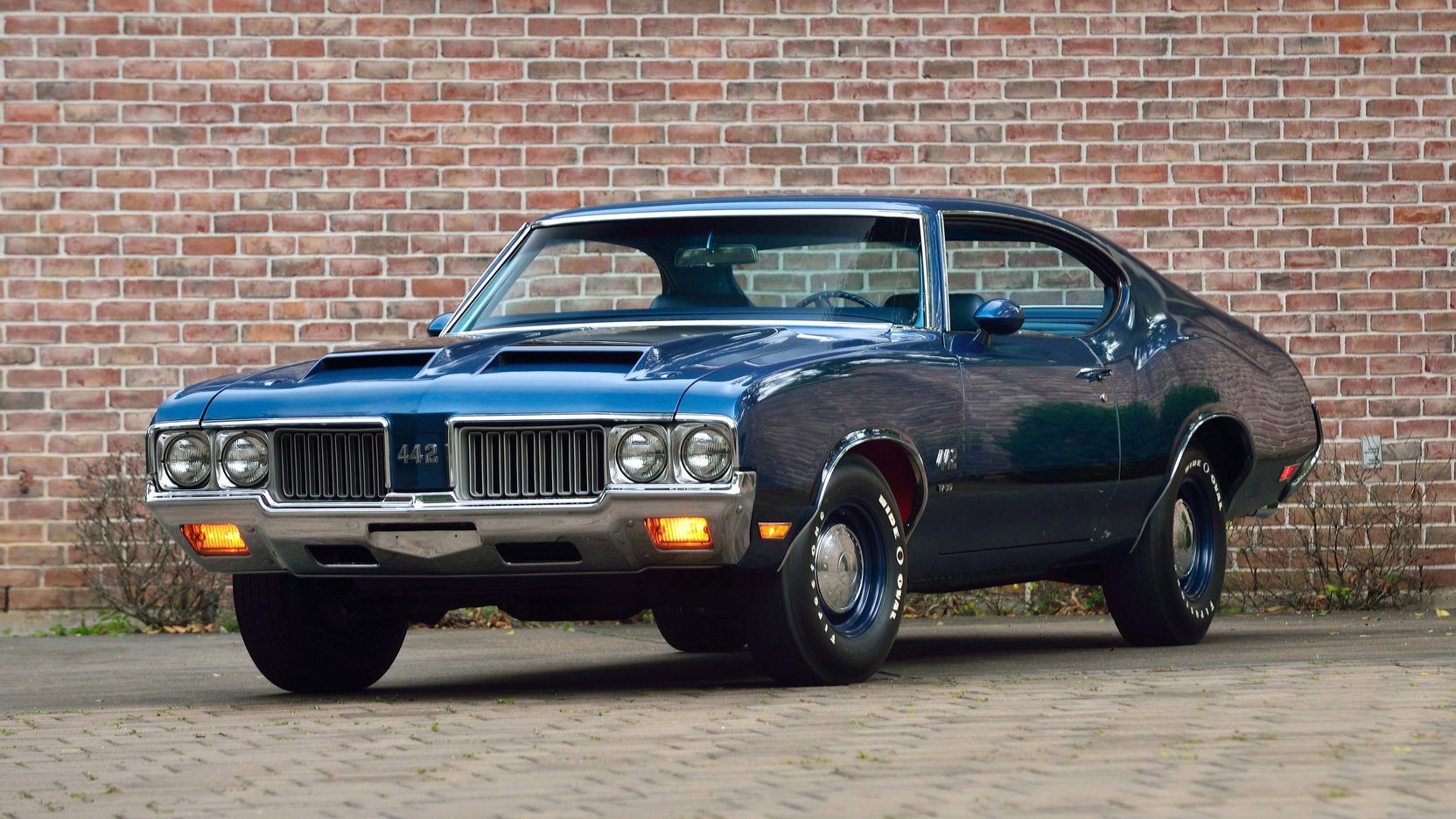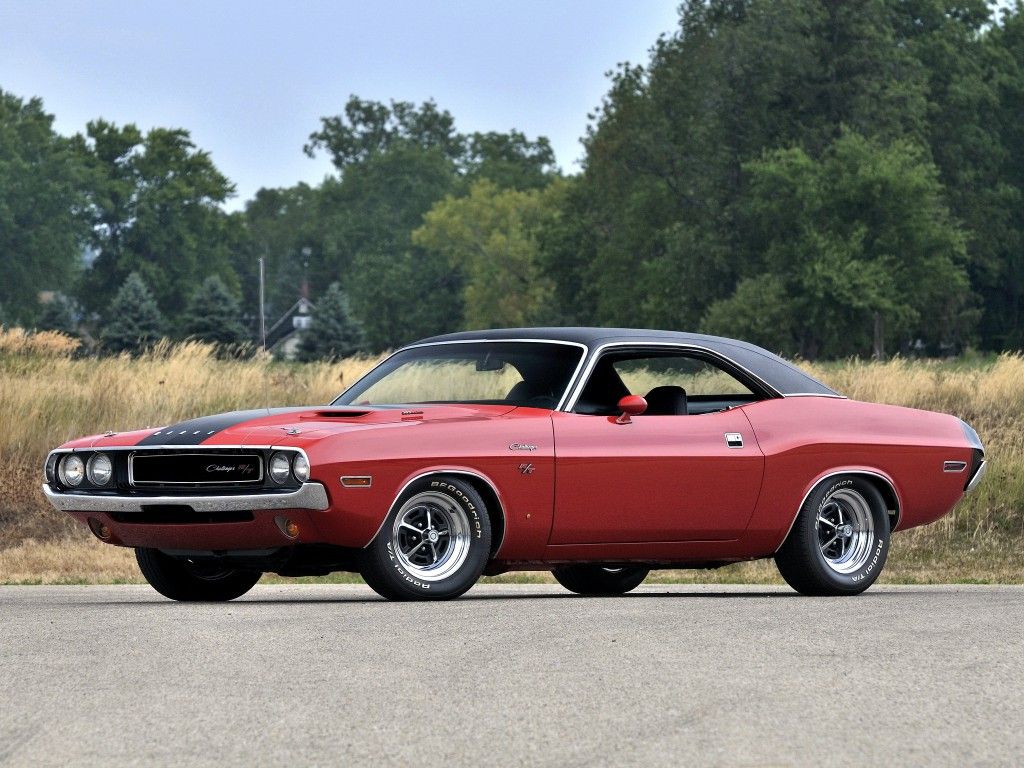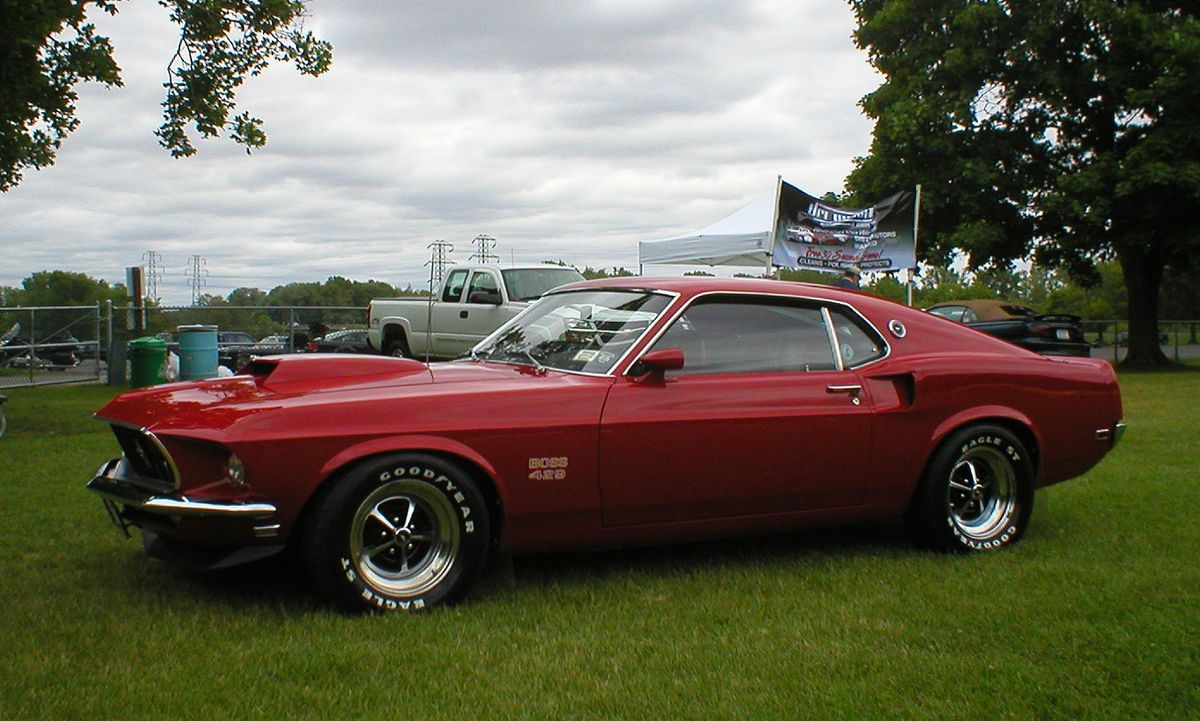Not all legends stack up to how they’re remembered. Classic domestic muscle cars often exemplify the “don’t meet your heroes” mantra, but in teething, frustrating ways. Cars just weren’t built as well half a century ago, compared to how they're built now. Back in the 60’s, it was normal for a car to not start in the cold, it was normal for it to rust into nothingness in just a few years, normal to have no grip whatsoever, and normal shorten your life expectancy just by standing near one at idle because the exhaust was so toxic. Modern cars don’t have these problems. Modern manufacturing techniques, modern tires, and modern engines have made all these things often forgotten parts of the past.
But in the course of designing and engineering out the problems of the old automobiles, some of their soul was engineered out as well. In some cases, practically all of it. Compared to their forerunners, modern muscle cars are in another league in terms of speed. They snarl, pop, smoke, and howl with such ferocity as to be frightening at times. But only when pushed hard. When moseying around town they are perfectly docile, comfortable, and quiet. You might as well be driving a crossover.
While the worst old muscle cars frustrate, the best of them provide bucket list experiences just by going to get groceries. Even at cruising speed, without even trying, the true legends of the era plaster a massive smile on anyone. These aren’t crossovers.
20 Overrated: Chevrolet Camaro Z28
When the Mustang hit the pavement in 1964, it effectively turned the domestic automotive world upside down. The little sporty coupe was massively popular, and just like every other car company, Chevy had to have one. Barely a year after the first full model year of the Mustang, the Camaro debuted, its name supposedly from “a vicious small animal that eats Mustangs.”
One thing the Camaro was that the Mustang had taken a year to become, however, was fast.
The top of the model range was the Z/28, equipped with a hardcore solid-lifter engine. While somewhat powerful, the solid lifters required far more maintenance and care than a normal engine.
19 Overrated: Pontiac Firebird
Based on the Camaro, while the Firebird itself is not all that remarkable, its gestation is sad. Pontiac was going to upend the entire automotive game again with a cheap, lightweight, and ridiculously powerful sports car. But GM management said no, and gave them a Camaro in different clothing to poke at instead. This Camaro in drag was equipped with different engines, though. The Firebird 400 had the 6.6 liter 400 cubic inch V8 engine that would become quite sought after, despite weighing a mint and producing far less horsepower than claimed thanks to how the industry measured power in the 60’s.
18 Overrated: AMC Javelin
These days, rare cars are made on purpose. Hypercars and the highest end exotics tend to be sold out on arrival, and only so many are made to preserve their prestige in the eyes of their “lucky” connected buyers.
In the modern era, AMCs are rare among the hordes of Camaros, Mustangs, Challengers, and other Big Three muscle machines.
Not on purpose, but because they were bad, even for 60s cars. Lacking power, handling, and even quality compared to their direct rivals. The Javelin is an example of this, and shows how car companies only tend to fall by their own hand.
17 Overrated: 1971 Ford Mustang Fastback
The advent of the 70’s began the downfall of the muscle car. The Mustang became slab sided and less pretty, and muscle cars from other ranges began hitting what would become their maximum power output as sales began to slip and the trend atrophied. For all but a few survivors, the glory days were over, and even the survivors wouldn’t last another four years. This means that now, all those survivors are worth mega bucks. But due to their common nature, and not being the absolute best of the era, the early 70s Mustangs are now the most accessible way to get into a proper classic muscle car.
16 Overrated: Ford Mustang II
When the oil crisis and clean air act slammed into the US, they knocked the muscle car out in one punch. What was left were scraps, a feeble and pathetic attempt to uphold the incredible names the muscle cars started with increasing terrible junk.
The first of these was the Mustang II, an attempt to make the Mustang conform to the new realities of the automotive landscape by removing anything good from it.
Gone were the looks, the power, and any agility the Mustang may have had, replaced with soul-sucking cost cutting and putrid lines. Back in the day these were actually lauded by magazines and such, but now we know better.
15 Overrated: 1965 Pontiac GTO
In the 60s, the pony car had begun. But while this was in the process of revolutionizing the industry, the trend that would be equally as impactful was started on the other side of Detroit by a small team working against the rules at Ford rival GM. They created the muscle car, by following an old hotrodder’s formula- putting an engine meant for a big car in a smaller one. The original GTO was such a surprise runaway success that it quickly went from an option to its own model. While powerful for the era, the GTO’s stock performance numbers are less than dazzling. But what self respecting GTO owner of the era left theirs stock?
14 Overrated: Pontiac GTO Judge
As the muscle car arms race Pontiac started gained speed and momentum, the company struggled to not be left behind on the trend they had begun. Not trusting the team which had provided the start of the era they were working to be on top of in the first place, GM decided that a meme was the way forward. The meme in question was a TV comedy skit about an unscrupulous judge. Envisaged as a lower cost performance car under the full GTO, it ended up being more expensive. As an options package the Judge was middle of the road, but as a branding exercise it was downright imbecilic.
13 Overrated: 1964 ½ Ford Mustang
The car now seen and remembered as one of the greatest domestic performance offerings started life as a complete poser. People didn’t buy the car as a performance car, but as a fashion item. It was cute, modern, sporty. But not a sports car.
European influenced for certain, but mostly in image, and not in substance.
What was done right was the image, but the actual performance would almost ironically come later, and in sufficient amounts as to outdo the European machines that influenced the original Mustang’s styling. A selection of windsor V8s was offered, but just wasn’t up to par, especially since the little coupe managed to weigh three thousand pounds.
12 Overrated: 1969 Ford Mustang Mach 1
Now, the basic performance Mustang is the GT. It is the Mustang with the V8, and other appropriate performance add-ons that provide a hefty amount of performance for little financial outlay. The Mach 1, back in the day, was so good it killed the original GT nameplate. An upmarket variant of the Mustang after the vehicle had become a serious performance machine, the Mach 1 was not just actually fast, but more posh, with higher end interior materials and far more sound deadening. This was not a balls to the wall performance car, but a standard street car that was also fast. The reason the name is so famous today wasn’t that the car was obscenely fast, but because the name Mach 1 is awesome.
11 Overrated: 1963 Split Window Corvette
Duntov was a guy who preferred go over show, and while when he was building the world’s greatest GT race cars this was one of the reasons his cars were so good, half a century later it has produced some strange and even comical results. The first year of the C2 generation corvettes had two rear windows, purely a styling feature that continued the center body line all the way down the car’s rear. Duntov rolled his eyes, and was part of the reason the rear-visibility blocking styling feature was removed for the next model year. Because of that, the 63’ Split Window is among the most sought after Corvettes ever- because very few Corvette owners are as hardcore as the man who built them.
10 Underrated: Ford Torino GT
Normally victory on the racetrack is from hours of preparation and testing, with driver practice and vehicle tuning.
With the Torino, Ford just did it by accident.
Similar to the Mustang, the mid-size Torino had a fastback roofline as a sleek styling feature, which as it happens ended up being a sleek aerodynamic feature compared to the buttressed roof line of the Dodge Charger it raced against. Equipped with huge big block engines, the Torinos dominated NASCAR for a while, but these days often fly under the radar of cars that were street raced more often at the time, pony cars in particular.
9 Underrated: Chevy Corvette Grand Sport
By their second generation, Corvettes were already a staple of domestic high performance. They competed with anything else in the world, and when they didn’t decimate the competition they held their own. This was largely thanks to the efforts of Zora Duntov, an immigrant who fled the Nazi occupation of France and arrived in the States with the dream of building racecars. He wound up at GM, perfecting the Corvette and then continually developing it to keep it in the game against stiff racing competition. The Grand Sport was his response to Shelby’s efforts in racing, and more than capable of putting the hurt on European machines just like his Texas rival.
8 Underrated: Shelby GT350 Mustang
It fell to a now legendary Texas chicken farmer and racecar driver to transform the Mustang into something proper. A long list of modifications was implemented, from light weighting, to suspension and brake upgrades, and of course a proper engine. The engine was the same Windsor from the higher end original Mustangs, pulled off the top of the options list and thoroughly modified to produce over 300 horses. These cars had decent stats, but proved their worth on the racetrack by summarily destroying the competition, including Chevy’s Corvettes. Zora, the man who championed the Corvette as Shelby had done the Mustang, was absent on GM Corporate’s orders, so perhaps it was less than fair. But racing was never about fairness.
7 Underrated: Yenko Camaro
Hardcore is something that was actually in rather short supply in the first wave of pony cars in the mid 60’s, but this was instantly corrected by tuning shops and even a few dealerships.
One of these enterprising dealers in automotive narcotics was a man called Yenko, who dropped massive 427 cubic inch engines into some of the cars Chevy sent his dealer.
Combined with heavy duty suspension and an incredibly short geared 4.10 differential, these vehicles left the showroom floor as serious street drag cars. These days they are worth every dollar, despite being even more front heavy than the original Camaros and lacking appropriate suspension systems.
6 Underrated: Plymouth Superbird
NASCAR was the crucible of the most serious muscle cars. While pony cars played in Trans Am, the full size coupes like the Galaxie and Monte Carlo did battle with the Chargers on the high ovals and super speedways of the south. They brought massive engines with equally massive weight and power to the mix, and leading edge aerodynamics. The greatest of these cars was the Superbird, a homologation special built to dominate the races, which did to the extent that it was banned outright from competition. Starting with a Road Runner, the Superbird included a huge rear wing and an aerodynamic nose cone.
5 Underrated: Plymouth Barracuda
The Barracuda was once a humble Mustang-chaser like the rest of the pony cars spawned after the little Ford’s arrival. But times have changed. Originally these could be bought new by young professionals just out of school, but now are reserved for some of the world’s most wealthy as they auction for millions of dollars when pristine and optioned up. Similar to other pony cars of the early 70s, the Cuda’ gained bulk and musculature, providing tough and striking looks from just about every angle, and the massive Hemi V8 to back it up. Memories of stoplight drag races have proven to be a massive price booster.
4 Underrated: Dodge Charger 500
After getting their butts kicked in 1968 on the NASCAR circuit despite having all the power required to best their rivals, Dodge engineers went back to the drawing board, with a detour in the wind tunnel. They found the Charger’s buttresses created an aerodynamic dead over the rear roof of the car, and resolved to delete this, as well as a more basic grill for more air throughput instead of displacement. The result was one of many homologation NASCARs, but not the only muscle car to grab higher values later on because the rear window looked different.
3 Underrated: Oldsmobile 442
At the sudden start of the muscle car era, Oldsmobile was caught in a rather awkward position. Chevy, supposedly the low end of the GM totem pole, had produced the Camaro, which got progressively more high end as the years went on.
Option packages included ever higher performance engines, trick interior setups, chassis improvements and more.
Olds was supposed to offer the higher end machines, but this trend was largely forgotten. Then they got to build their own muscle car. Based on the Cutlass option pack formerly of the same name, the 4-4-2 came standard with an enormous four hundred fifty five cubic inch V8, by far the largest engine to come standard on any muscle car.
2 Underrated: Dodge Challenger R/T
Late to the pony car game, the Challenger was designed to beat everything else at everything. A vast array of factory options included decals, bodywork, vinyl and standard roofs, wheels, and a vaster array of engines that included basically everything in the Chrysler/Dodge lineup at the time. With perhaps the coolest looks of any muscle car, and presence to match, the Challenger was an obvious shoe in to Trans Am racing. This required a homologation model, which did away with the huge and heavy iron composed big blocks in the other performance models and instead went with the balanced 340 small block.
1 Underrated: Ford Mustang Boss 429
Small blocks were good for balance, but not for flash. Ford developed a massive big block 429 cubic inch racing engine in a bid to win at NASCAR, but needed to put the beast in a couple hundred street cars to get it legal in the race series. They chose the Mustang, which was quite the choice because of the car’s relatively small size and light weight. But the engine didn’t fit in the car. So Ford contacted the people who built the Le Mans winning GT40 MKII and told them to make it fit. They did, and the bonkers Boss 429 was created. The car was so nose heavy it was the first 'Stang to be fitted with a rear sway bar.

